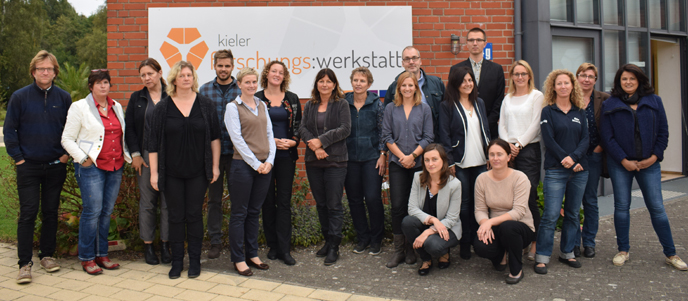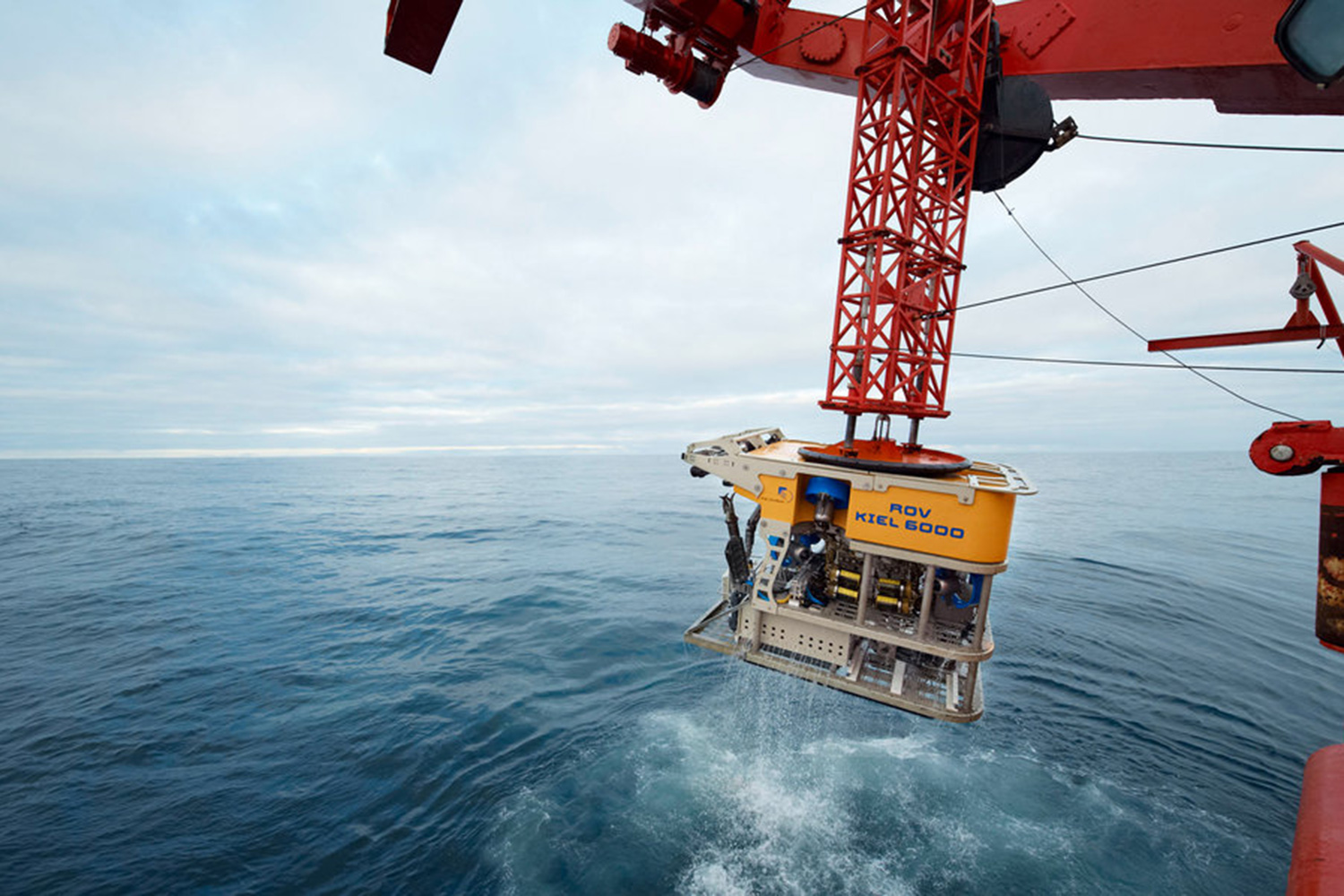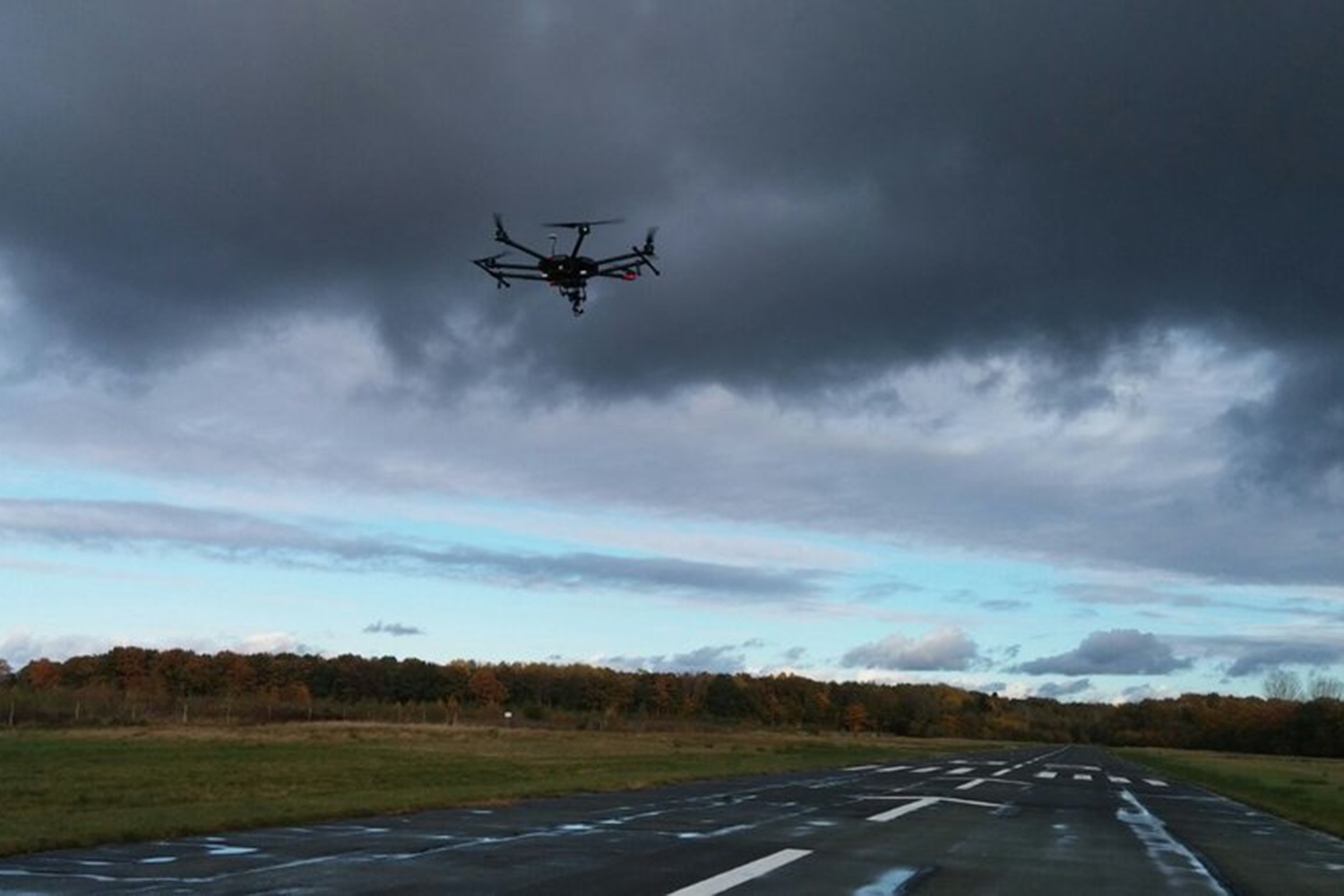From microscopically small bacteria to meter long jellyfish – the term plankton, coined by the Kiel marine scientist Victor Hensen for organisms floating freely in water, comprises a huge group of different life forms. Despite the small size of many types of plankton, they play a central role for the food web and materials cycles in the ocean because of their abundance. Photosynthetically active species, for example, produce oxygen and absorb carbon from the atmosphere; bigger predatory species form a nutritional basis for fish, sea birds and whales. At the same time, the small size and the great sensibility of many organisms also pose technical challenges to science in the area of plankton research.
Now, scientists from the University Pierre and Marie Curie (UPMC) Paris and from the French Centre national de la recherche scientifique (CNRS) as well as the GEOMAR Helmholtz Centre for Ocean Research Kiel have published a study in the journal Nature according to which unicellular plankton animals of the rhizaria group make up a much bigger proportion of the animal plankton than was previously assumed. “Until now, animal plankton was mainly equated with small copepods. This image has to be revised“, says Dr. Rainer Kiko from GEOMAR, one of the co-authors of the study.
The study is based on data collected in the Atlantic, Pacific and Indian Oceans during 20 expeditions in the past eight years. For this purpose, newly developed so-called “underwater vision profilers” (UVP) were used. The equipment consists of a light source which illuminates a precisely defined volume of water, and an integrated camera which takes several images per second of the illuminated water volume. If the equipment is lowered from the ship into the depths of the sea, it is possible to take a photograph of the plankton organisms, to determine them afterwards and record their frequency.
In this manner, organisms of a size of about half a millimeter and bigger can be recorded without having to remove them from or otherwise disturb their habitat . This is a significant advantage over previous methods. “Until now, plankton has been caught in particularly finely woven nets, fetched, fixated and counted in the laboratory. However, many unicellular rhizaria get lost during this process since they are destroyed in the course of the sampling”, says Dr. Helena Hauss from GEOMAR, also co-author of the Nature study.
As many UVP have shown, the share of the unicellular rhizaria in all oceans is much greater than assumed as a result of older net catches – on average they make up a third of the animal plankton. In particular, in the nutrient-poor tropical oceans they are strongly represented. “These rhizaria have rarely been included previously in biogeochemical models of food webs or of the influence of plankton on the carbon cycle and thus climate, – this has to change now. In the open tropical oceans they may have an important function similar to that of corals in the coastal regions, since many rhizaria live as predators on other animal plankton and generate energy with the help of photosynthesis-performing symbionts,” emphasizes Dr. Kiko. For this reason, the new study is also an important result of Kiel’s Collaborative Research Centre 754 which has been investigating the interaction between ocean and climate in the tropical regions since 2008 and co-financed the current study.
This first global recording of zooplankton using optical methods opens up new pathways for the evaluation of the role of plankton in many processes but it is of course only the beginning. “The data acquisition will continue and we hope that we will soon be able to understand if rhizaria also play a particular role in the highly productive coastal areas of the Atlantic and the Pacific”, says Dr. Kiko.
Original work:
Biard, T, L. Stemmann, M. Picheral, N. Mayot, P. Vandromme, H. Hauss, G. Gorsky, L. Guidi, R. Kiko, F. Not (2016): In situ imaging reveals the biomass of giant protists in the global ocean. Nature, Advance Online Publication, http://dx.doi.org/10.1038/nature17652
Links:
www.geomar.de GEOMAR Helmholtz Centre for Ocean Research Kiel
www.upmc.fr The University Pierre and Marie Curie
www.cnrs.fr The Centre national de la recherche scientifique
www.sfb754.de The Collaborative Research Centre 754 “Climate - Biogeochemistry Interactions in the Tropical Ocean”
www.nature.com/nature/journal/vaop/ncurrent/full/nature17892.html News & Views-articles in Nature relating to the topic
Contact:
Jan Steffen (GEOMAR, Communication & Media), Phone: 0431 600-2811
presse@geomar.de
…



